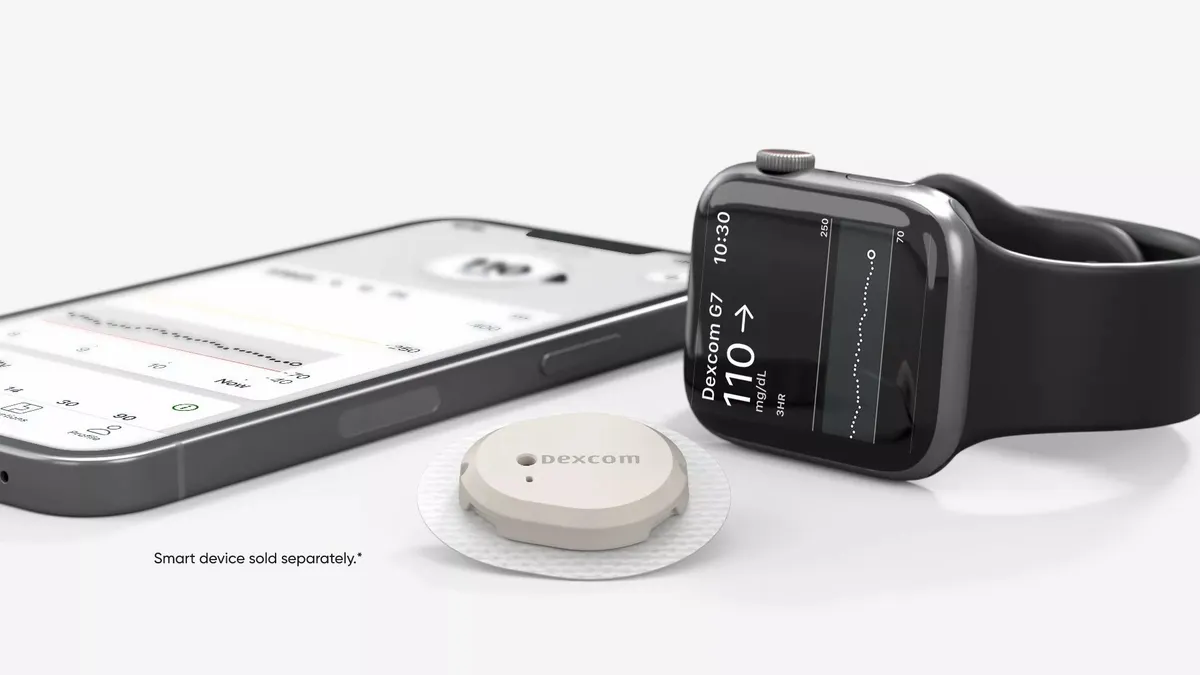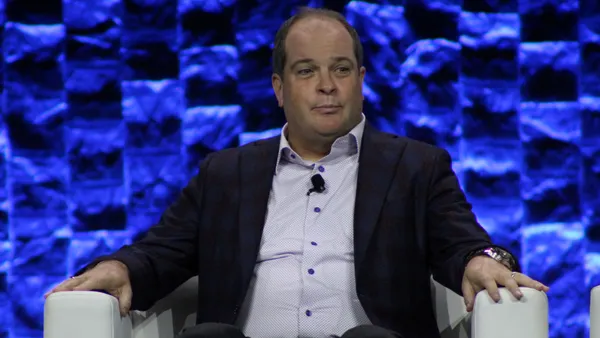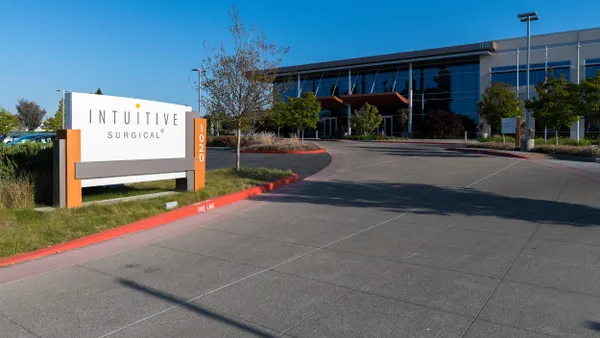Q1 Insights
Dexcom, a leading maker of diabetes devices, reported “growing momentum” behind the rollout of its G7 continuous glucose monitor (CGM) system in the first quarter. Progress in the weeks after Dexcom launched the device in February helped the company add more users than in any other quarter in its history.
“Nearly 1,000 health care providers have prescribed G7 who previously were not prescribing Dexcom CGM,” Dexcom CEO Kevin Sayer said on a conference call with investors. “We have advanced coverage more quickly than anticipated, and we expect G7 to be covered by all major [pharmacy benefit managers] by the end of the second quarter.”
Sayer added that Dexcom “already [has] more commercial pharmacy coverage established for G7 today than our competitor does for their sensor platform,” a reference to Abbott’s FreeStyle Libre device. Commercial durable medical equipment coverage for G7 is “on par with G6 levels,” Sayer said on the call.
“We were particularly encouraged to hear that doctors new to [Dexcom] are already prescribing G7, that payer coverage is being secured quickly, and that all major [pharmacy benefit managers] should be covering G7 by the end of Q2,” BTIG analyst Marie Thibault wrote in a note shortly after the call.
William Blair analyst Margaret Kaczor was upbeat about the results. “While the company did not show a large inflection in growth yet, we believe that the strength this quarter sets the stage for what is still to come,” she wrote in a note sent before markets opened Friday.
Demand for the older G6 device remained “steady,” Dexcom CFO Jereme Sylvain said on the call, and was supported by “encouraging initial uptake of G7” when it launched in the final weeks of the quarter.
Shares in Dexcom fell 3.5%, or $4.26, to $119.32 in mid-morning trading on Friday.
Comparison to Abbott
On the call, an analyst compared Dexcom’s performance to that of Abbott. Dexcom reported “18% growth in the U.S. adjusted for the bridging” it offered while reimbursement ramped up, the analyst said, versus the 50% growth in FreeStyle Libre sales posted by Abbott. In response, Sylvain drew the analyst’s attention to other figures.
“If you look at where we were exiting 2022, our patient base grew in the mid-30%. Our unit volume growth continues to be very strong,” the CFO said in the call. “So, as you compare the two, we feel very good about our unit volume growth relative to competitors, and we'll continue to feel good about that for the balance of the year.”
The recent expansion of Medicare CGM coverage opens a new front in Abbott and Dexcom’s fight for market share. People with type 2 diabetes using basal insulin, and certain individuals that do not use insulin but experience hypoglycemia are now covered. Sayer said around 3 million people in the U.S. are in the basal type 2 population. Around half of those people are of Medicare age.
“In terms of adoption, we're obviously just getting in those approvals and just getting in the reimbursement, so it's going to take a little bit of time for us to ultimately see how that cadence of adoption is. Over the long term, we expect adoption to be, quite frankly, very, very positive,” Sylvain.
Forecast
Dexcom raised its full-year 2023 revenue guidance to a range of $3.4 billion to $3.515 billion, reflecting 17% to 21% growth. Previously, the company forecast growth of 15% to 20%. Dexcom increased its forecast in response to “strong first-quarter results” and the Centers for Medicare and Medicaid Services “finalizing type 2 basal coverage earlier than originally anticipated,” Sylvain said on the call.












